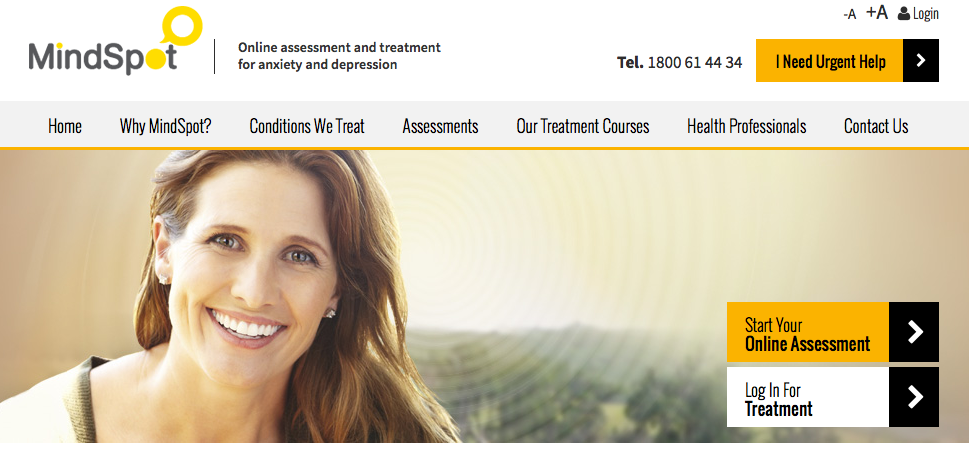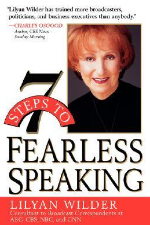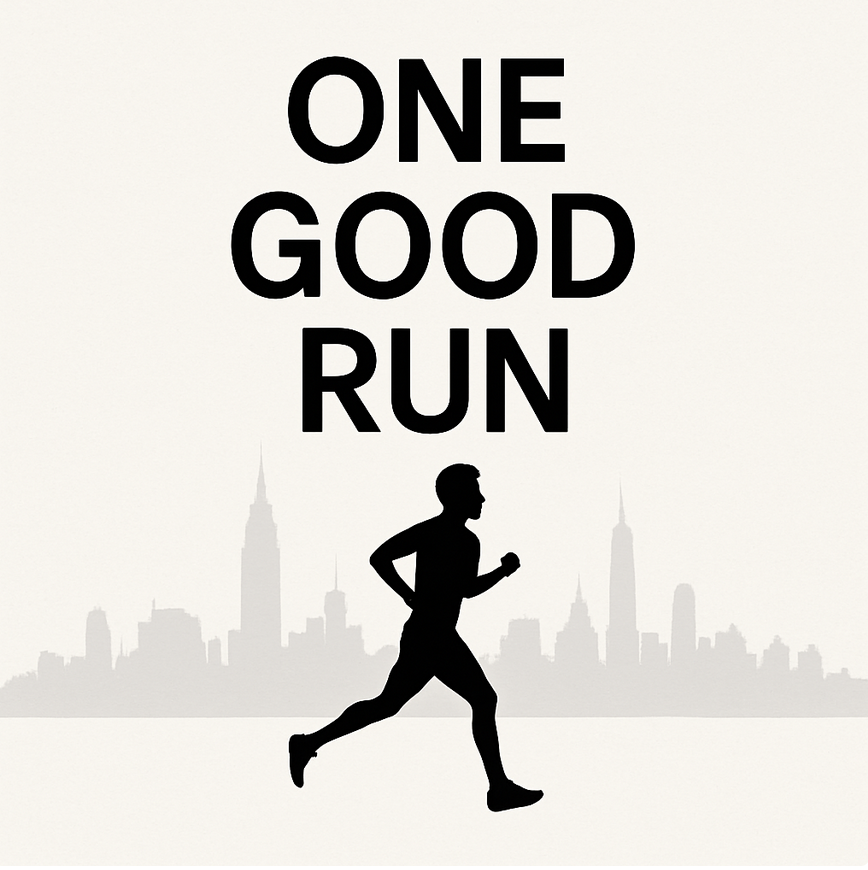1. "There is no learning without pain" - Aristotle
2014 was a challenging year for my health. It was a major wake-up call. With the help of many people, books and courses, I learned more about health and wellness this year than any other. I'm very grateful to all of the teachers, mentors, colleagues, friends and family who shared their knowledge and passion. The good thing about pain is that it is a great guide and provides an opportunity to build resilience. "The purpose of life is to be defeated by greater and greater things." - Rainer Maria Rilke
2. The 7 minute workout app
Downloading this app for free and performing it regularly has helped build my foundation. I admit, when I first started, I sucked.
Thank-fully over time, I did improve and now I can now perform multiple rounds and get a great workout. The 7 minute workout eliminates lack of time as an excuse. You also don't need any equipment so you can keep your fitness up while on the road. Doing one round as soon as you wake up gets the blood flowing and gets your day off to a great start.
3. Schedule what you love to do every day
For many people, switching 'off' can be difficult. Work and other commitments can dominate our time and energy, leaving us burnt out. This is a powerful technique I learnt during the year. At the start of each week, schedule in a pleasant activity each day - it might be an exercise class, going to the beach, watching a movie, cooking, going on a hike or catching up with a friend. This gives you something to look forward to and you feel more productive and happier the rest of the day.
4. Wellness course
We all suffer from anxiety and depression at some stage or another. The good news is that there is free professional and effective help, just a click away. Click here to take the Mindspot Wellbeing Course.
5. Surround yourself with an allied health care team
I was very fortunate to find a great team in Adelaide to help me run the New York marathon. Thanks to them, I was able to finish in one piece! Highly recommend checking them out.
Physios - Active Bodies, Adelaide Applied Physio
Dry Needling Adelaide Physio Care
Chiropractor - Amy Hereen at ChiroAdelaide
Movement coach - Mary Whaling MoovPT
Massage Rani Active Bodies, Aspects of Healing, Nicolas Mouat at Zephyr Life
Nutritionist - Steph Gaskell Nutrition Strategies
6. Drink Bone broth
Bone broth has become very 'hipster'. But the benefits are incredible. I found adding bone broth to my diet was especially good for my gut health as well as keeping my knee cartilage as healthy as possible. Read about the benefits here.
Great for drinking 1-2 cups before dinner or throw into recipes to add flavour.
7. Exercise in Nature
Surfing, hiking, swimming, running out in nature has benefits to our body and mind. You are in the moment, free from technology and better able to find the 'flow'.
Read this National Geographic article , Your Brain on Nature
8. Keep your microbiome healthy
The truth is our microbiomes and bacteria outnumber human cells 10:1. Keep your bacteria healthy and they will keep you healthy!
Check out this Catalyst episode
Make this easy sauerkraut recipe
Try Kale Brock's Fermented Foods E-Course
9. Cook with a Weber Q
Benefits
- FAST - have dinner ready in 20 minutes
- TASTES GOOD - The Weber Q holds in the flavours like nothing else
- HEALTHY - simplicity and freshness beats fancy
- PORTABLE - Cook all year round - and take it with you to the park or on camping trips
- EASY TO CLEAN - takes less than a minute, after you've done cooking and while the plate is hot - using an official Weber Wire Brush
Thanks to my Dad for recommending this one!
10. Learn The Art of Running
Efficient, pain-free running is at the end of a long chain of preparation and skill development. It takes a lot of time and patience to fine tune your body to be able to adapt to the loads. 90% of runners get injured at some point. But don't blame 'running'. Take a look at your foundation and see what you can do to build it up, and then you will be at less risk of injury. Key principle - build up slowly and allow your tissues plenty of time to recover between sessions. Also, grab a decent pair of running shoes fitted at Joggers Word. Read Chi Running
11. Power of foam rolling - building a foundation
Introduced by Moshe Feldenkrais, the use of foam rollers have gained popularity with many athletes. There is no better way to improve body awareness, flexibility, core strength and enhance relaxation. Grab your free e-book here.
12. Public speaking
7 Steps To Fearless Public Speaking
This audiobook helped me. 2 main points I took away 1) Have something to talk about that you feel passionate about and 2) - start your talk like a conversation - ask a question and engage the audience, rather than "lecture" to them.
13. Don't put off surgery that will help you now
Many people fear surgery and believe it is a 'last-resort'. I did too - putting up with a meniscus tear in the knee since playing footy at Uni. I was nervous before the surgery that I wouldn't be able to run and I'd always be a cripple. But thanks to Dr Mario Penta, I got back to running and exercise without a problem. The knee will never be 100% so I am careful to look after it. Regular foam rolling, Pilates and swimming have helped my knee the most.
14. Foundation must be built 1 step at a time
If you skip steps, you fall back into old habits and patterning that got you into trouble in the first place. Take your time building a good foundation. For most, this means getting onto the floor and practicing a Pilates or Yoga. Learn to breathe, learn to relax and connect with the earth. Get a bit more flexible with a foam roller. Build your core. Anything is possible once your foundation is in place.
15. Look after your teeth!
I learnt a lot from Adelaide's best dentist: Mark Earl at The Dental Practice.
From speaking to Mark,
- Only brush twice per day
- floss at night time
- use an electric toothbrush to avoid brushing away your enamel
- avoid excess lemon/honey drinks
16. To Build Positive Habits, Create the right environment
- Read The Art Of Tidying Up
- surround yourself with like minded people who share your values
- if you want to exercise in the morning, set out everything you need the night before
17. Pain is complex
Perception of threat correlates to the pain you experience better than actual tissue damage. Threat can come from many different angles. This cool book by Adelaide based researchers David Butler and Lorimer Mosely encourages self-reflection and learning. Get your copy of The Protectometer
18. Mantras calm the mind
Repeating mantras brings focus and and calm to the mind. I was skeptical, but this is powerful stuff. Just hearing the voices of Deva and Miten instills calmness. Thanks to my Mum and Sister for getting me onto this.
19. Power of Plasticity
Norman Doidge's follow up to The Brain That Changes Itself. Learning about neuroplasticity is empowering and gives hope. There is a great chapter on the body-mind practice developed by Moshe Feldenkrais. Movement with mindfulness and awareness gets to the source of many chronic pain states. Kinesthetic sense is enhanced by using a foam roller, first used by Feldenkrais on people with neurological issues.
20. Hydrate properly
Plain water doesn't cut it.
Try sports hydralyte, coconut water, magnesium and nuun tablets.
21. Get enough Sunlight
30-40% of Australians are Vitamin D deficient. Getting 20 minutes of full body sunlight per day is ideal. Another reason to go out and exercise in nature. Note: never use a solarium because they increase the risk of skin cancer.
22. HRV
Learning about the yin and yang of the autonomic nervous system was a game changer for me. You quickly figure out how important the simple act of breathing is on your wellbeing. I love being able to objectively rate my stress and adjust my day accordingly. You can either buy a heart rate strap or download an app and check your HRV on your phone
23. Primal Movement Chains
In November, I attended Perry Nickelstons first 2 day teaching course in Melbourne. He promotes good quality movement as a basis for good health. His exercises are fun, challenging and 'primal'. Things like rolling, crawling and cross body patterning - good for the body and the brain. A solid foundation is built without reflexively, without having to over-think things. We incorporate these exercises into our Pilates Classes.
24. Align with your DNA
Our DNA has evolved over 2 million years and is suited to a particular lifestyle. In this book, Daniel Lieberman contrasts our current lifestyles to those we are designed for. His theory is that the mismatch between the two is the basis for the chronic disease epidemic going on right now. Thanks to Luke Bongiorno for getting me onto this one.
25. Restorative Yoga
An amazing way to get into deep, healing, para-sympathetic states of relaxation. If you suffer chronic muscular tension, this practice can help you get to the source.
Check out this great Restorative Yoga Class at Yogita Yoga
Read Yoga For Pain Relief



















































